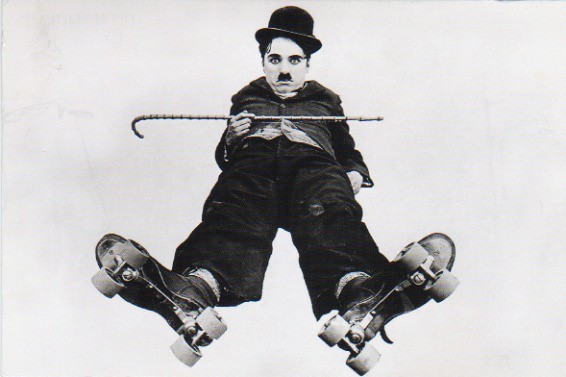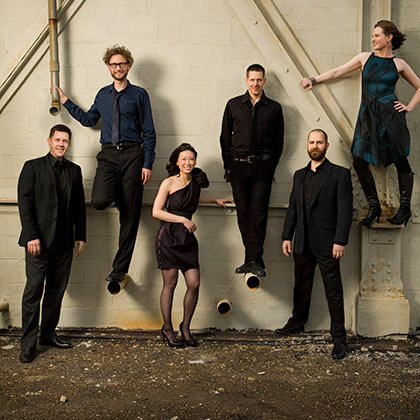I have a confession to make. I’m not one who usually gets emotional during movies (at least ones that don’t have animals in it. Don’t even get me started with “Eight Below”!) So how is it that last Sunday night, I found myself on the verge of tears as I watched a stick figure lie in a hospital bed, fighting an nondescript cranial illness? I present to you now: the magic of the Sundance Animated Short Films.
These are no Saturday Morning cartoons, my friends. I wasn’t quite sure what to expect going into the show. And I think Sundance is designed to blow away any expectations you do come in with, so perhaps it was best that I was a blank slate. The eight films were purposefully arranged to linearly begin with the “creation of the world” and end with, well, the end of the world. I was stunned by the common theme of grim, almost morbid topics: death, violence, mental and physical decline, loss, scandal, low self-esteem, and oblivion. But maybe by not involving “real humans,” we, the audience, are distanced enough to project our own inner thoughts on the characters in front of us.
One of my favorite films was “Yearbook” by Bernardo Britto. An average man – married, well-fed, has a job – is “hired to compile the definitive history of human existence before the planet blows up” (michtheater.org). He realizes that if anyone survives doomsday, their knowledge of this world rests in his fingertips. Who would you write about? Who should people remember? He begins with Hitler, oddly enough. Then proceeds to list U.S. presidents, Gandhi, Jesus, Martin Luther King, Jr. He begins to list musicians and writers and activists: anyone he can think of who has influenced our world. But the computer only can hold so much data. He must edit his list. Maybe the future doesn’t need to know about Lady Gaga. But J.S. Bach? Now there’s a person you can’t skip. The man basically chooses the ‘after’-life and death of famous people, as if he had the power to decide who is important enough to be remembered. A Philip Glass-ian pensive piano score serenades the man’s commentary, as he realizes that the people who have directly influenced his own life (the barista, the garbage man, his next-door neighbor, his wife) will never “be important enough” to make the list. The piece ends on a melancholy note, but with a good message: Sometimes it’s the people who wouldn’t make the list who can have the biggest impact on a person. So when you find a person like that, cherish every moment you get to spend with them.
One thing that really struck me with these short films was the equal combination of visual impact and story. A short film is like a really good cake. You only have a few minutes to really catch your audience’s attention and make them either fall in love with you or despise you. The ratio? One half substance – the plot – the recipe – the flavor. One half display – appearance – presentation.
Speaking of appearances, the films were brought to life using a diverse array of animation techniques that kept things interesting for the audience. For example, films such as “Yearbook,” “Belly,” and “It’s Such a Beautiful Day,” had a hand-drawn feel to them; “Oh, Willy” used felt puppets to vitalize the strange and endearing film; and “Voice on the Line” combined live footage with digitally cut-out shapes to create a collaged storybook over the history of the telephone operators in the Cold War Era.
The Sundance films give independent directors a chance to produce films separate from the anxiety and distractions of Hollywood Hype. It provides them an opportunity to test the waters, explore deep into human emotions, and experiment. Although there were one or two films that I sincerely disliked, I must remember my previous “cake-baking” metaphor. Ask yourself: was it the substance or the presentation that I disliked? Maybe the story was told in the wrong way. Maybe I disliked the gore and the creepy, robotic voice of the narrator. But boy, I could never even begin to animate a film like that! Cakes are the same way. I used to hate carrot cake. But it always looked nice. And sometimes the niceness of the presentation tempted me to try the cake one more time. That’s the thing about cake and short films – they come in such small pieces that it’s easy to come back to it for a second round. I hope that the Michigan Theater continues this tradition for many second rounds to come.






